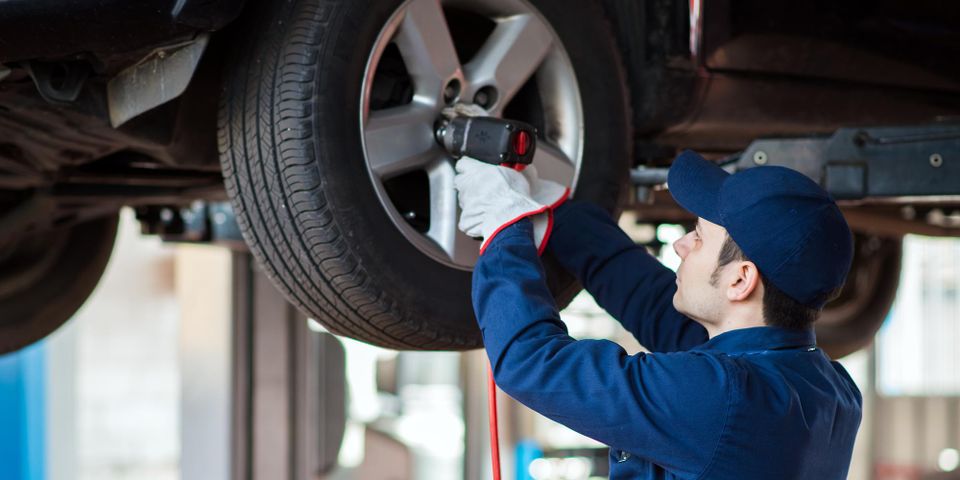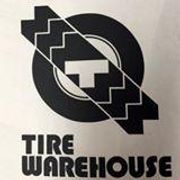
No matter what kind of vehicle you drive, regular maintenance is essential to extend its life span and keep you safe on the road. However, car owners sometimes overlook tire rotation, even though it promotes even tread wear and good traction. Here’s what every driver should know about this crucial maintenance service.
What Is Tire Rotation?
During a typical tire rotation, the back wheels are moved to the front axles and vice versa. However, the exact rotation pattern depends on the wheel type and whether the vehicle is front-, rear-, or all-wheel drive. Some cars, like those with rear-wheel drive, may require a crisscross pattern, while those with staggered wheel sizes will benefit from a side-to-side switch. These patterns prevent premature wear in isolated areas and minimize the risk of blowouts.
Why Do I Need to Do This?
 Rotation extends the life of tires by helping them wear evenly. If uneven wear occurs, you will need new tires sooner, and your vehicle could become harder to control. Inclement weather like heavy rain could add to this problem because worn tires have less tread and will have trouble gaining traction on the road. Additionally, the manufacturer may require timely tire rotation to prevent problems during the warranty period.
Rotation extends the life of tires by helping them wear evenly. If uneven wear occurs, you will need new tires sooner, and your vehicle could become harder to control. Inclement weather like heavy rain could add to this problem because worn tires have less tread and will have trouble gaining traction on the road. Additionally, the manufacturer may require timely tire rotation to prevent problems during the warranty period.
How Often Should I Rotate My Tires?
The exact time between each tire rotation varies depending on several factors, including the vehicle’s drive system and the type of terrain you drive on most often. A typical guideline is to rotate every 5,000–7,000 miles, which means you should get a rotation with every other oil change. However, every vehicle has unique needs, so check your owner’s manual to find out what’s right for your car.
When it’s time for your next tire rotation, visit Tire Warehouse Kauai in Lihue, HI. They have been serving island residents since 1974 and were named one of Garden Island’s Best in 2011. Their team provides tire rotation, tire installation, wheel alignment, and rims to keep drivers safe on the road. Call (808) 245-6754 to speak with a technician, or visit them online to learn more about their services.
About the Business
Have a question? Ask the experts!
Send your question

